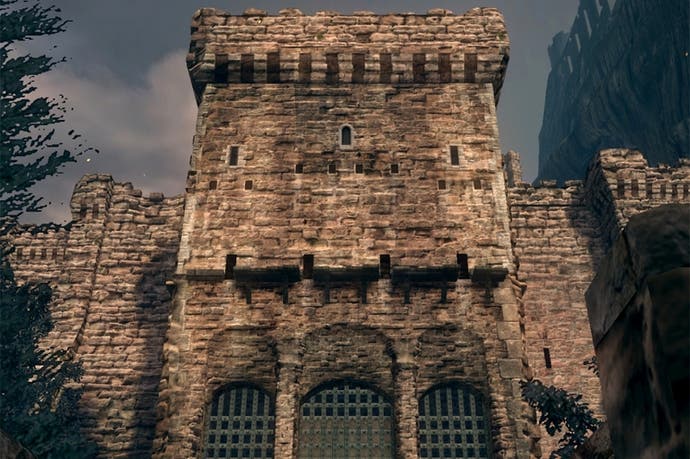In praise of video game castles
Do keep up.
In a certain phase of my childhood I lived for castles. My sacred texts were the stories of King Arthur and Robin Hood; my toyboxes were filled with Lego knights, and there wasn't a photo to be had of me where I wasn't striking a heroic pose and pretending to wield a bow and arrow. Sure, my young heart also beat for other classic little-boy obsessions like spaceships and trains, but when it came to castles, I had it particularly bad.
I can't help feeling that in their own 80s and 90s childhood, video games shared something of my infatuation. In those days - that early flush of creativity when everything was bright and cartoonish and simple - it seems like games were filled with castles. My earliest gaming memory is of visiting my dad and him excitedly unpacking his new NES and the original Mario. True, at first I might have been more taken with Duck Hunt, but over time it was Mario that left its mark. With the decades of familiarity, it's easy to forget how surreal and abstract this game of bricks, mushrooms, pipes and turtles was. Amid all those disparate elements, one recognisable structure is constant, solid and dependable at the end of every level. A little, iconic, brick castle.

Sometimes we got to go inside, and while our Princess was (of course!) always in another one that was okay because in those days video games always had another castle to offer. Everywhere you turned, it seemed there were battlements to scale, dungeons to plunder and princesses to rescue. Personally, I graduated from Mario to Zelda, with Link to the Past offering the first of many beautiful Hyrule Castles. Elsewhere, there were the gothic excesses of Castlevania, and - although I wouldn't come to them until slightly later - the many-splendoured castles of JRPGs, where it seemed every town huddled just south of some impressively-fortified defensive architecture.
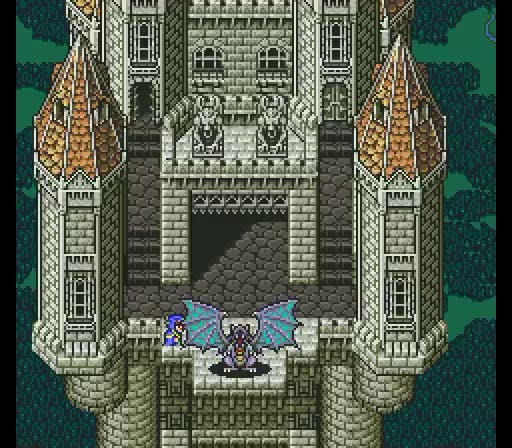
And Mario's castles continued too, reaching a peak with the castles and fortresses of Super Mario World, before eventually consolidating all those hard-to-manage little castles into one big, 3D castle for Mario 64.
Video game castles are not like real castles. From books and from school I had a pretty comprehensive understanding of how real castles went together. My little head was filled with ample lists of evocatively-named parts: barbicans and baileys, machicolations and murder-holes, keeps and donjons and wall-walks and garderobes. These are not the building-blocks that go into the video game castle. There are a few exceptions, of course. Strategy games had offered the chance to build castles from at least as early as Rampart and Stronghold especially commits to simulating at least semi-realistic medieval castles.

Beyond the strategy genre, and more recently, the Witcher 3's Crow's Perch is a fairly good - and rare - example of the under-appreciated motte-and-bailey castle.
But generally speaking it seems to me like the Video Game Castle feels like something distinct from its historical inspiration - or rather a couple of things, because it comes in at least two flavours: what I like to think of as 'throne' and 'bone' castles. 'Throne' castles are the mainstay of the RPG, seats of government and focal points for their settlements. They're the lofty seats of wise kings and shifty chancellors; often relatively safe spaces where we go to advance the plot and find our next destination.
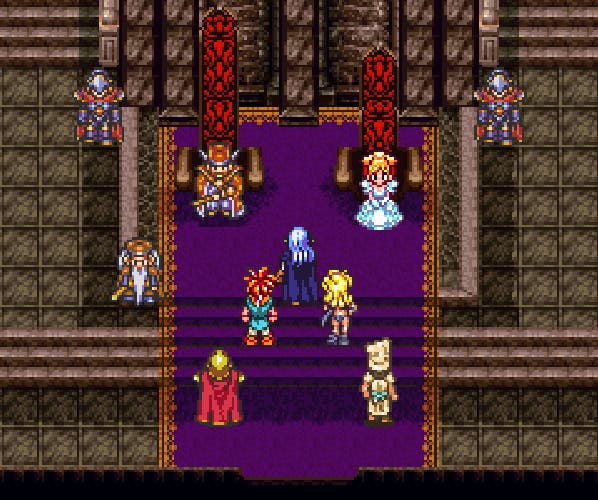
Unsurprisingly, these kinds of castles can often tend towards the more palatial end of the spectrum, their stonework often hidden behind opulent decoration and heraldry.
On the other hand we have 'bone' castles, the dangerous and spooky gothic fortresses filled with traps, where you're more likely to encounter a vampire or an army of tooled-up living skeletons than a functional administration.
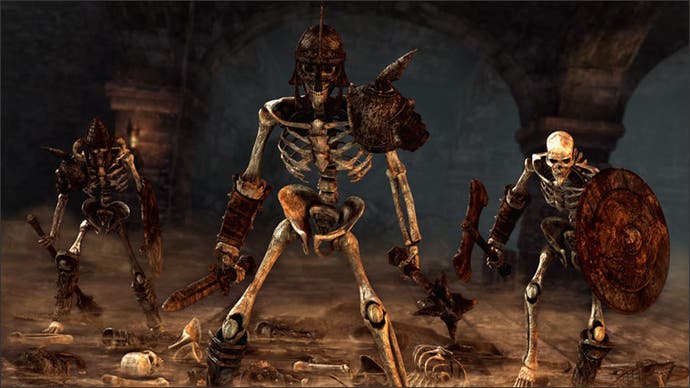
Dracula's castle is the obvious archetype, exemplified best by the Castlevania series, with more recent games like Dark Souls following in its wake. But from the early days of Dragon's Lair to Bowser's many lava-and-skelly filled strongholds, these kinds of castles are a dark thread running through so many of the most iconic parts of gaming history.

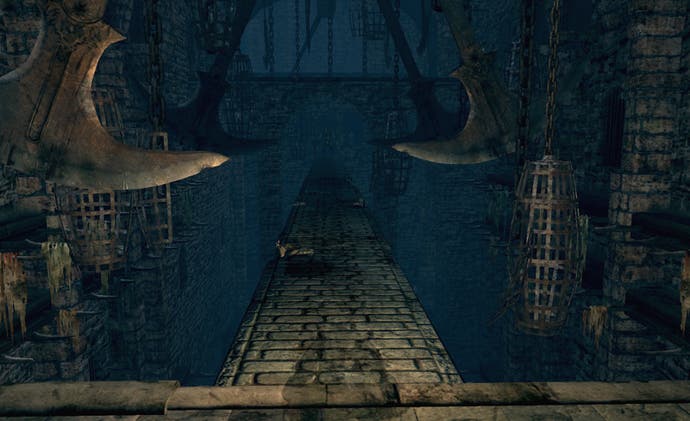
There are lots of reasons for gaming's castle fixation. One on level, they're a good practical level-design proposition - stonework makes for a handy repeating texture, they're large but self-contained, traps and hazards make at least a modicum of sense. After all, much of the architecture of real castles - at least the ones that were genuinely designed as fortifications - was deliberately designed to make passing through them difficult and dangerous for attackers. As any castle-obsessed kid knows, for instance, the direction of the spiral staircases made it difficult to swing a sword as you ascend. Or what about the killing zones in the gatehouses, where attackers could be trapped between gates and have arrows and oil rained down on them from above? That's a moment from a game built in stone if ever there was one.
But more than that, castles are also part and parcel of the genre inheritance early gaming was built on. They're a staple of modern fantasy, of course. Not so much drawn from Tolkien's foundational texts, where there are precious few if any proper castles (I could go on at length about why the Hornburg of Helm's Deep doesn't count). Instead, we probably have Dungeons and Dragons to thank for laying so much of the groundwork for how we imagine the spaces and monsters of fantasy adventure.
But before modern high fantasy there was fairy-tale, with its gateways to hidden faerie kingdoms, and the portal-fantasies that grew out of it. Games are alternative worlds, imagined spaces the player is transported to. Especially for early games, aimed primarily at children, it's easy to see how those ideas relate to the secondary worlds of fairy-tale.
The screen is our portal, our gateway to the enchanted realm. No surprise, then, that the first worlds we conjured were full of castles, dragons and princesses who needed rescuing. People often joke about the mushrooms and toadstools of Mario being a drugs trip, but far more than that, I think, they allude to the fairy rings where the little people dance, Dangerous places where the veils between worlds are thin and the otherworld can perhaps be glimpsed at the bottom of your garden (perhaps another thing we have Shigeru Miyamoto's love of gardens for). From its warp pipes to its enchanted paintings, Mario has always been a portal fantasy, Lewis Carroll arguably its biggest early influence.
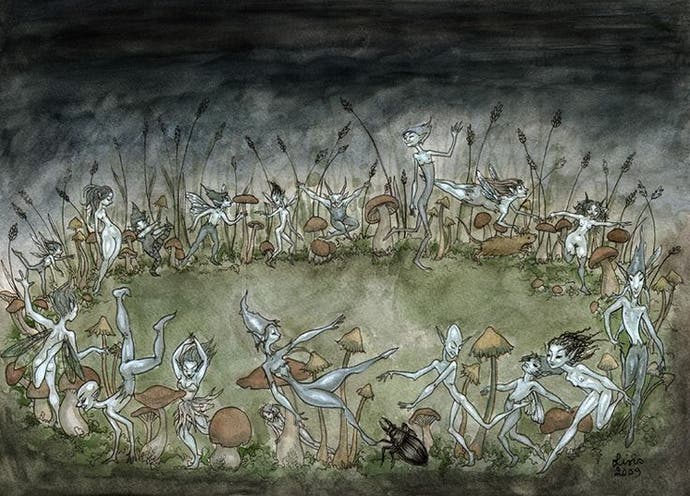
From fairy-tales come the light, soaring fantasy spires of our princesses' castles.

There's a direct line from these stories to the real-world confections of the Bavarian king Ludwig II in the nineteenth century and Walt Disney in the twentieth; and from there to Hyrule, the Mushroom Kingdom and almost any early 90s JRPG you care to mention.

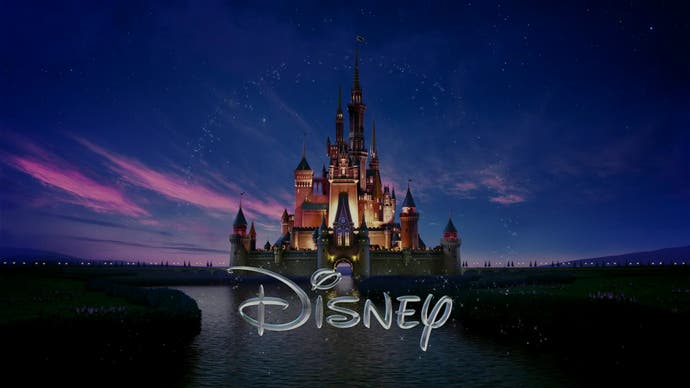
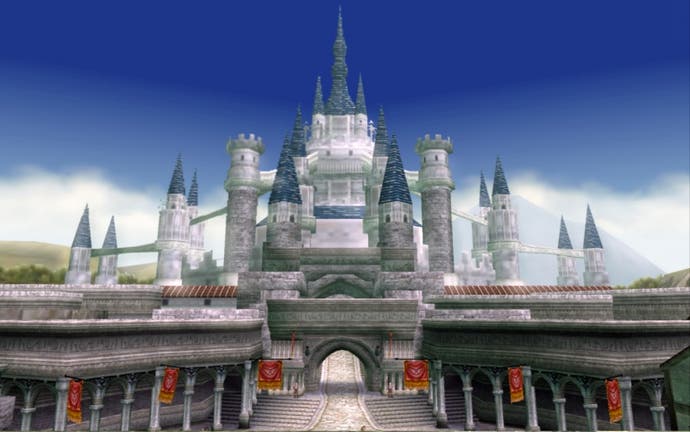
Fairy tales are, of course, famously always darker and more unsettling than we remember them. Those white turrets are just as often balanced by the crumbling black masonry where a witch, wizard or dragon is to be found. 'Bone' castles as well as 'throne' castles have there roots in fairy-tale, even if they come via its moodier younger brother, the Gothic.
From The Castle of Otranto on, castles have been central to Gothic. Their crumbling, excessive architecture stands as metaphor for the ancient secrets and failing sanities that characterise the genre. Dracula is late, as Gothic goes, but his castle is the culmination of that tradition, crystallised into its most archetypal form, ready for every part of pop culture to revive and reinterpret.
As every reader of fairy-tales and portal fantasies knows, it becomes harder to slip between worlds as you grow up. Neverland and Narnia pass out of reach, their memory fades into childhood dreams. There are still castles in games, perhaps more than ever given the ever-increasing quantity of games around. And yet, it feels, at least to me, like the heyday of the Video Game Castle has passed. Games have grown up, or like to think they have. Princesses and castles seem a little quaint now, in a landscape dominated by space marines, guns and violence, where darkness is the order of the day. If pressed, I think I'd put the beginning of the end around the mid-90s. A certain desperation starts to creep in as designers look for new ways to do castles that haven't been seen before. Just look at Final Fantasies 6-9. It's a JRPG castle... but it tunnels through sand! It's a JRPG castle... but in the form of a massive corporate HQ! It's a JRPG castle, but it's adrift in time! It's a JRPG castle, but THE WHOLE THING'S A SUMMON MONSTER! And so on.
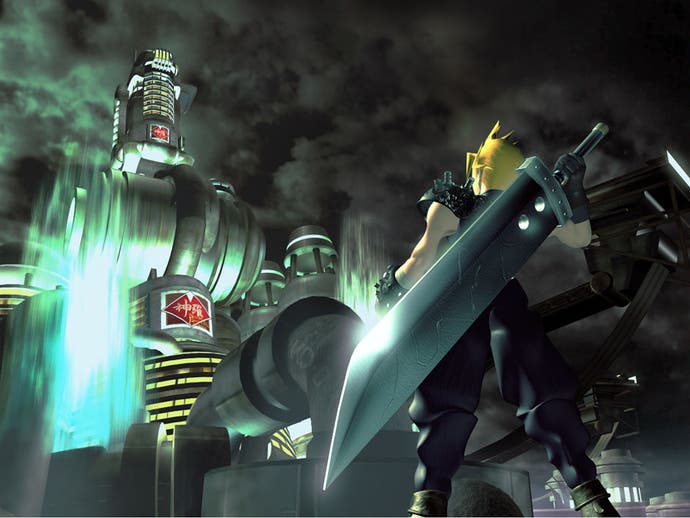
But I don't think we should mourn. It'd be easy to be nostalgic for the simplicity of princesses in their white castles, witches and wizards in their dark ones; to feel something's been lost. And yes, maybe it has. But the truth is, I never noticed it happening. And for all that we've lost, we've gained so much experience and richness and depth too. That's the thing with growing up.
And anyway, the castles have never really gone away. They're still there, whether in new games or old favourites. Our princess is always in another one. She always will be. Whether by casting our minds back to the children we once were, or by experiencing things anew alongside the children of today, we can still allow ourselves to dream of towers and battlements, of knights in shining armour and heraldic pennants fluttering in the breeze, of skeleton warriors and fearsome dragons. As a wise man once said, what's the point of being grown-up if you can't be childish sometimes? These things never stopped being wonderful; we only forgot to keep seeing it.
